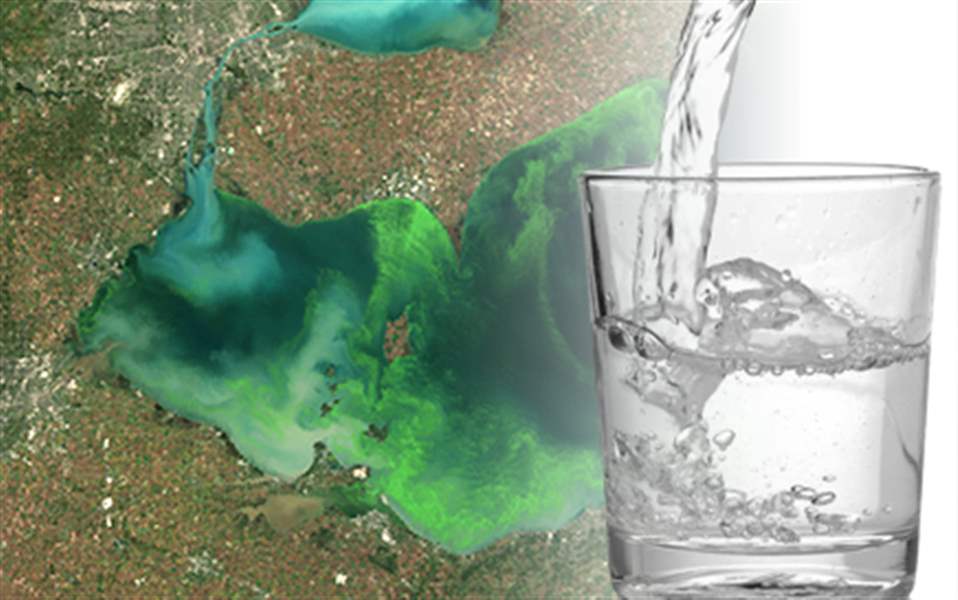
TELEPHONE FORUM
Lake Erie crisis calls for action, panel told
9/4/2014

Collin O'Mara
The problem of nutrient-rich runoff feeding toxic algae blooms can only be fueled by climate change, the president of the National Wildlife Federation told a telephone town hall meeting Wednesday night.

Rep. Marcy Kaptur
“This runoff is made worse and worse by heavy rains,” said Collin O’Mara of the federation.

Sen. Sherrod Brown
Heavy rainfall events have increased dramatically over the last half-century, he said, and will continue to increase as climate change affects more natural systems, he said.

Dr. David Grossman
“We really have to act now if we are to protection Ohio’s treasure and the walleye capital of the world, Lake Erie,” Mr. O’Mara said.

Reutter
He was joined on the teleconference by U.S. Rep. Marcy Kaptur (D., Toledo), and U.S. Sen. Sherrod Brown (D., Ohio), as well as Dr. David Grossman, Toledo-Lucas County health commissioner, and Jeffrey M. Reutter, director of the Ohio State University Stone Laboratory and Center for Lake Erie Area Research.
The panel also took questions from callers.
“The science is so clear that we’ve got to address climate change,” Mr. Brown said.
The call was organized by the federation, which invited 100,000 people in northwest Ohio and in the Columbus and Cincinnati areas to take part. Federation officials did not immediately know the number of participants.
Last month nearly 500,000 consumers of Toledo water learned the effects of toxic algae in dramatic fashion.
While much of the region slept early on Aug. 2, the city declared that no one should drink its water, drawn from Lake Erie, because of the threat of toxins from the algae.
Store shelves were emptied of bottled water, in some places before dawn, although relief supplies arrived later in the weekend. Pictures circled the globe of crowds waiting for a share of safe water and of glassfuls of luminously green liquid pulled from the lake.
The all-clear was declared on Aug. 4, and the next day, more than 200 people attended a panel discussion at the University of Toledo.
The consensus among the scientific experts: The crisis ought to be the event that causes people to join forces and act, as was the Cuyahoga River fire in 1969.
“The Toledo water crisis is the burning-river moment of this age,” Miss Kaptur said in the teleconference. “We are only as healthy as our environment and only as healthy as Lake Erie, which is our life source.”
She called for action, guided by science, in adapting farm and suburban environments. She also proposed that high school and college science teachers take part in sampling rivers and streams for their nutrient loads across the three states of the watershed, and perhaps one day having that information a routine part of television weathercasts.
“Good information packaged properly can really lead the public forward,” Miss Kaptur said.
She, Mr. Brown, and Sen. Rob Portman (R., Ohio) sent out news releases Wednesday applauding the announcement by the U.S. Environmental Protection Agency that $12 million will be used in the fight against algae blooms by expanding monitoring and increasing incentives for farmers to reduce runoff.
The EPA money will come in the form of grants to various state agencies, which will test soil and water for fertilizer levels and encourage farmers to use irrigation, farming methods, and fertilizer management that will minimize pollution that contributes to the algae blooms.
Contact Mark Zaborney at: mzaborney@theblade.com or 419-724-6182.